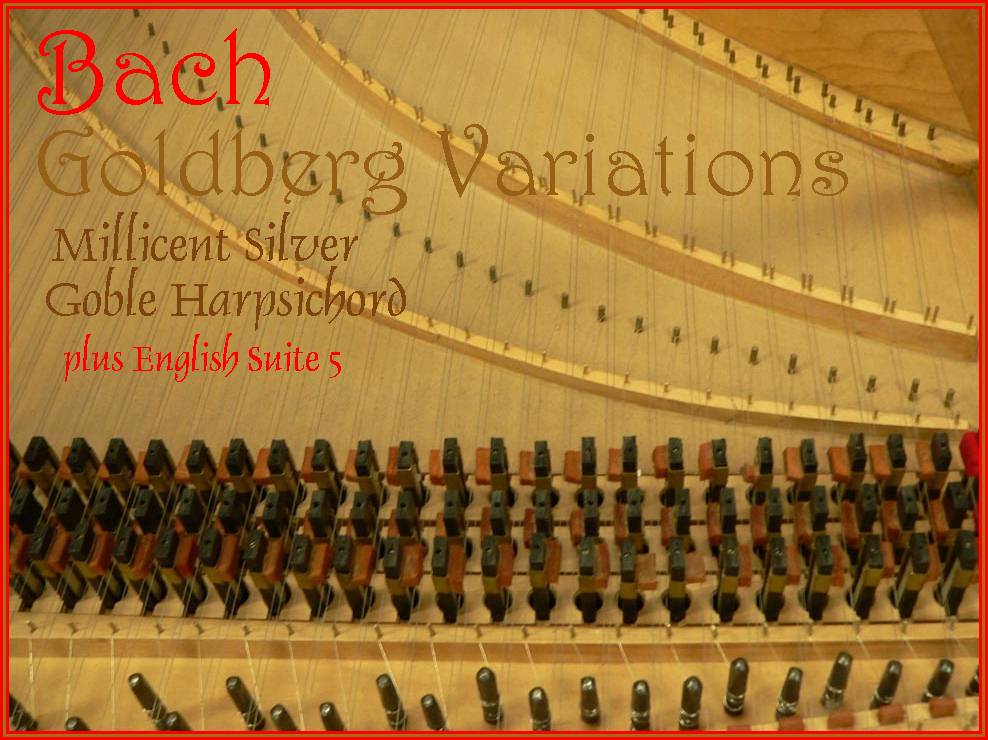

In addition to the duties required of his various positions at Court or for Church use, Bach clearly felt the need to summarize his art for posterity. His four part Clavier-Übung or Keyboard Exercise series which he pursued for ten years between 1731 and 1741 encompasses the major keyboard instruments of the day, and all known keyboard compositional styles. Part I, published 1731, consisted of the Six Partitas or German Suites for Harpsichord; Part II, 1735, the Italian Concerto and French Overture (BWV 971 and 831); Part III, 1739, Preludes on the Catechism Hymns for Organ; while Part IV, 1741, offered the set of Air with Variations BWV 988.
Bach's own title was simple: "Keyboard practice, consisting of an Aria with different Variations for the Harpsichord with two manuals. Prepared for the enjoyment of music lovers by Johann Sebastian Bach." The story that has given the name Goldberg Variations to this monumental work comes from Forkel's biography of Bach (1802). From Forkel we learn that Johann Gottlieb Goldberg, a youth of 15 and a pupil of Bach, was employed by Count Kaiserling, the Russian Ambassador to the Saxon Court, as Court Harpsichordist. The Count was often sickly and enjoyed the distraction of music played to him on sleepless and pain-filled nights. The Variations were Bach's response to the Count's request for pieces of a "soft and somewhat lively character" to be written for the gifted young Goldberg. That the published copy does not bear any sort of dedication to the Count as would be expected, casts doubt on this story. However Forkel, normally reliable in such matters, continues that Bach was rewarded by the Count with "a golden goblet filled with 100 Louis d'or," so the story may be true, perhaps a manuscript copy, now lost, was presented to the Count with a personal dedication. The pattern – typical of Bach that there should be a well-defined scheme – is as follows: The Aria on which the Variations are based, a Sarabande in Anna Magdalena's Notebook of 1725, begins and ends the work. The thirty Variations are grouped as ten sets of three, each group of three ending with a Canon. The work falls naturally into two parts, breaking at Variation 15. This disc celebrates the career and the artistry of Millicent Silver, who for some forty years was well-known as a regular performer in London and on BBC radio both as soloist and as harpsichordist with the London Harpsichord Ensemble which she founded with her husband John Francis. Though she made very few recordings, we are delighted to re-present this recording of the Goldberg Variations for its musical integrity, its warmth, and particularly the use of tonal dynamics (adding or subtracting of 4' and 16' stops to the basic 8') which enhances the dramatic architecture.
Goldberg Variations Part 1
|